Harvie and the Magic Museum
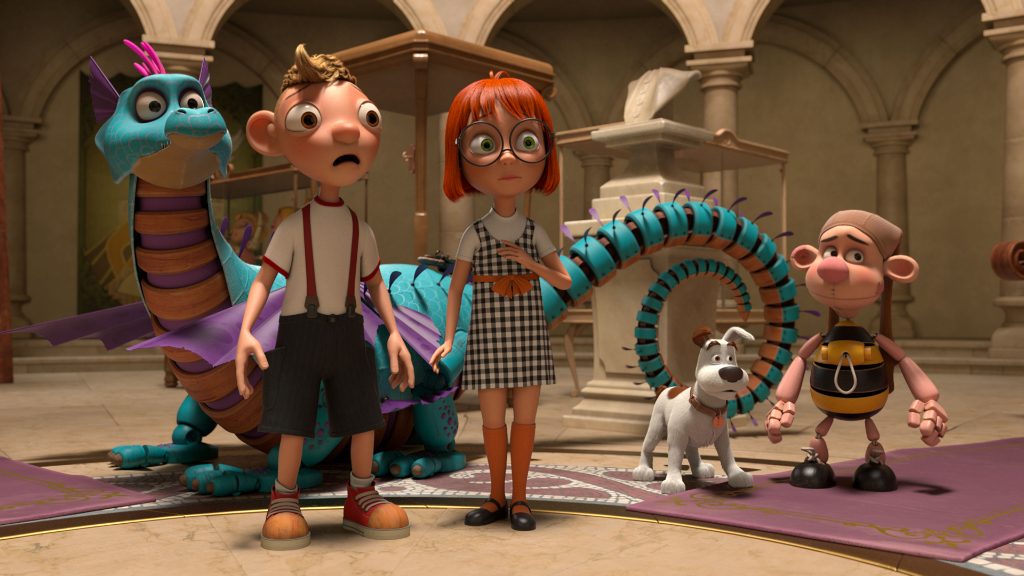
There is no easy way around it. Making a children’s film is an admirable yet meticulously challenging task. There are ways to do children’s movies correctly and powerfully, with big studios such as Dreamworks and Disney Pixar pioneering the way with exemplary works year after year. Harvie and the Magic Museum is an animated product of Czech origin that attempts to rival such ambitiously successful American behemoths following a record-breaking box office run in its native land thanks to the incorporation of modern trends with a fantastical and historical storyline aimed to draw in young imaginations.
The film follows the adventure of the titular Harvie (voiced by Martin Klásek), a character directly inspired from puppet predecessors Spejbl and Hurvínek, born from the mind of puppeteer Josef Skupa. An excitable child, Harvie lives in a world of his own, letting his mind’s eye run wild only to be truly tamed and focused by his video games. It is this love of gaming and a desire to be the best that one day results in a real life puppeteering adventure that puts the boy’s skill and bravery to the test, something he can only fully exhibit with the help of his father, dog Jerry and friend Monica (Helena Štáchová) as they delve deeper and deeper into the dark past of the city’s old puppet museum.
The animation is great, with unique artistry and a clever attention to detail that makes Harvie and the Magic Museum a colourful, abstract adventure in which to indulge, with artistic brilliance making the movie visually pleasurable and a light-hearted escapade. The film possesses a level of charm, but this is hindered by the characters themselves. As a protagonist, Harvie’s complexities are straightforward and relatively limited. Addicted to his games console and the concept of only ever succeeding as the best, he proves to be an honest yet hyperbolised reflection of what some young pre-teens may be like in a family environment. Does this make him relatable? Probably not so much due to his enhanced personal traits, which in fact really do make the young hero more of an annoyance than a charismatic protagonist.
Likewise, Harvie’s father, who fills the gap in this father/son development story, is an infuriatingly clumsy wet fish, acting more as a gormless buffoon than a figure that can be admired and looked up to by young eyes. Some faith and joy is restored thanks to the character of Monica, who brings a splash of charisma, realism and – to be perfectly blunt – intelligence to the group, something that is much appreciated following scenes of clunky colloquialism that insist on explaining every plot turn with the greatest literal intensity.
There are certain ways to create fantastic children’s movies, and the fabulous works of those previously mentioned bigger companies put a dampener on what could be fun and inspirational tales. Harvie and the Magic Museum falls fate to this, with minor undertones proving too little when the moral conclusion finally arrives, ultimately revealing it to be too simplistic. What the big dogs do so well is please audiences of all ages with witty humour and powerfully significant moments of sentiment and nostalgia. Harvie and the Museum fails to do this, instead thrusting upon the audience an irritating main character who eventually ends up learning little-to-no life lesson at all.
Guy Lambert
Harvie and the Magic Museum is released in select cinemas on 15th March 2019.
Watch the trailer for Harvie and the Magic Museum here:

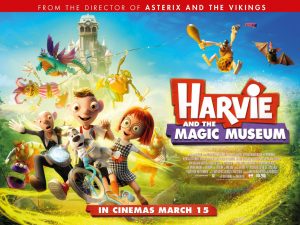
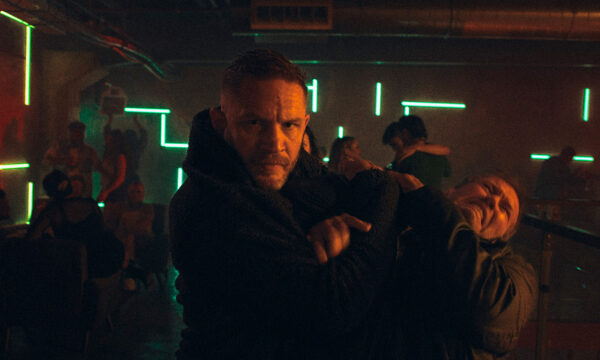
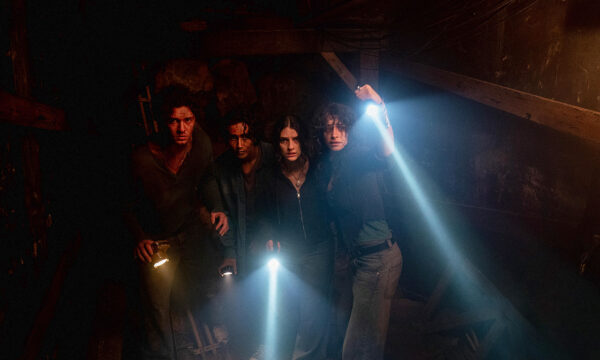
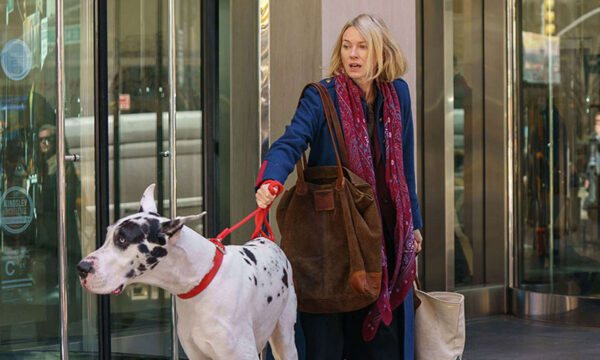
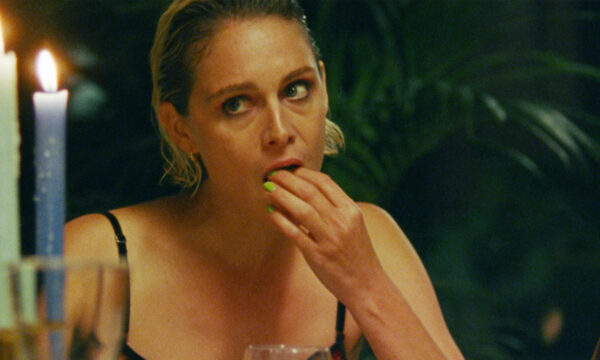
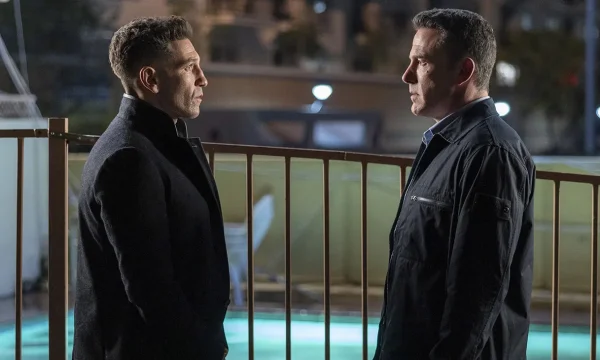
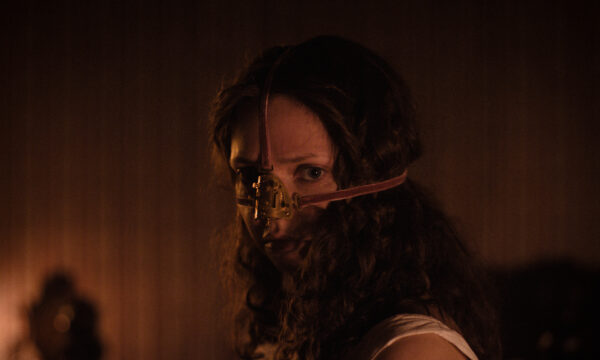
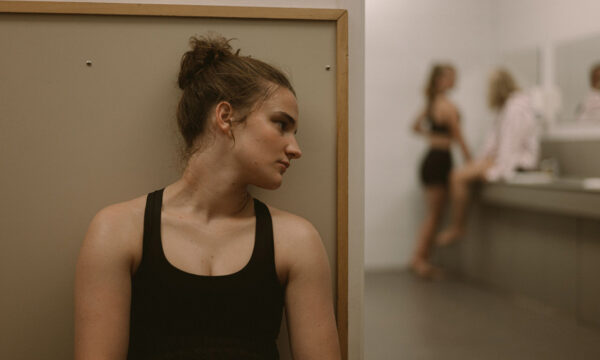
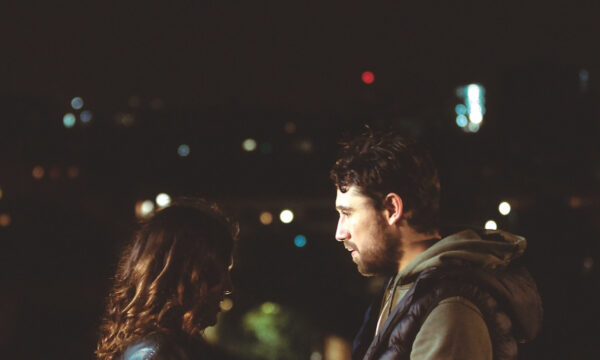
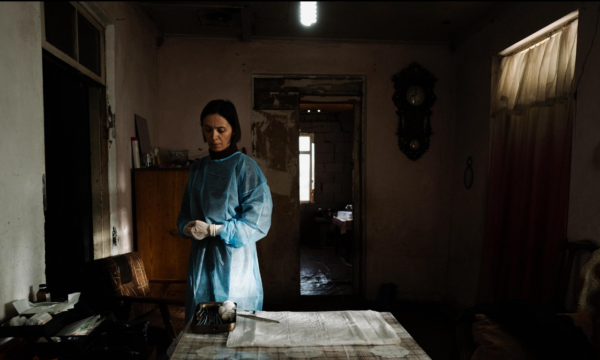













Facebook
Twitter
Instagram
YouTube
RSS